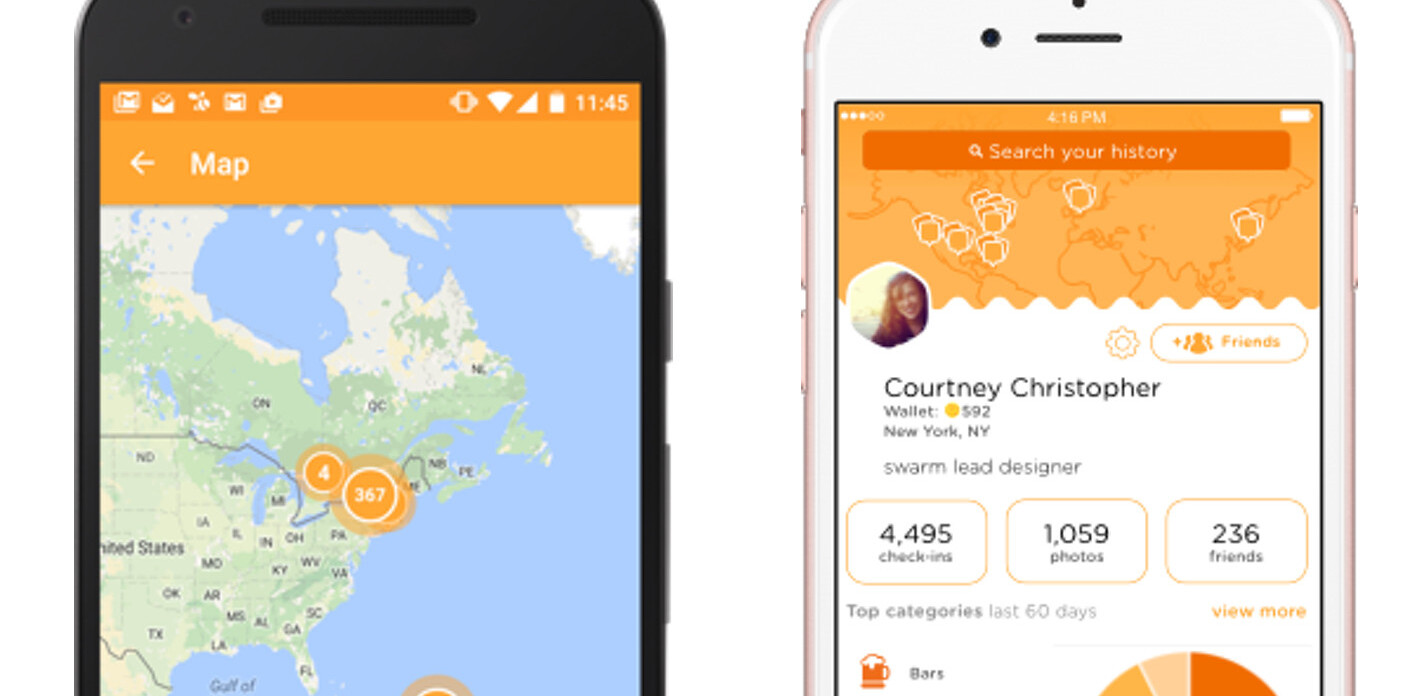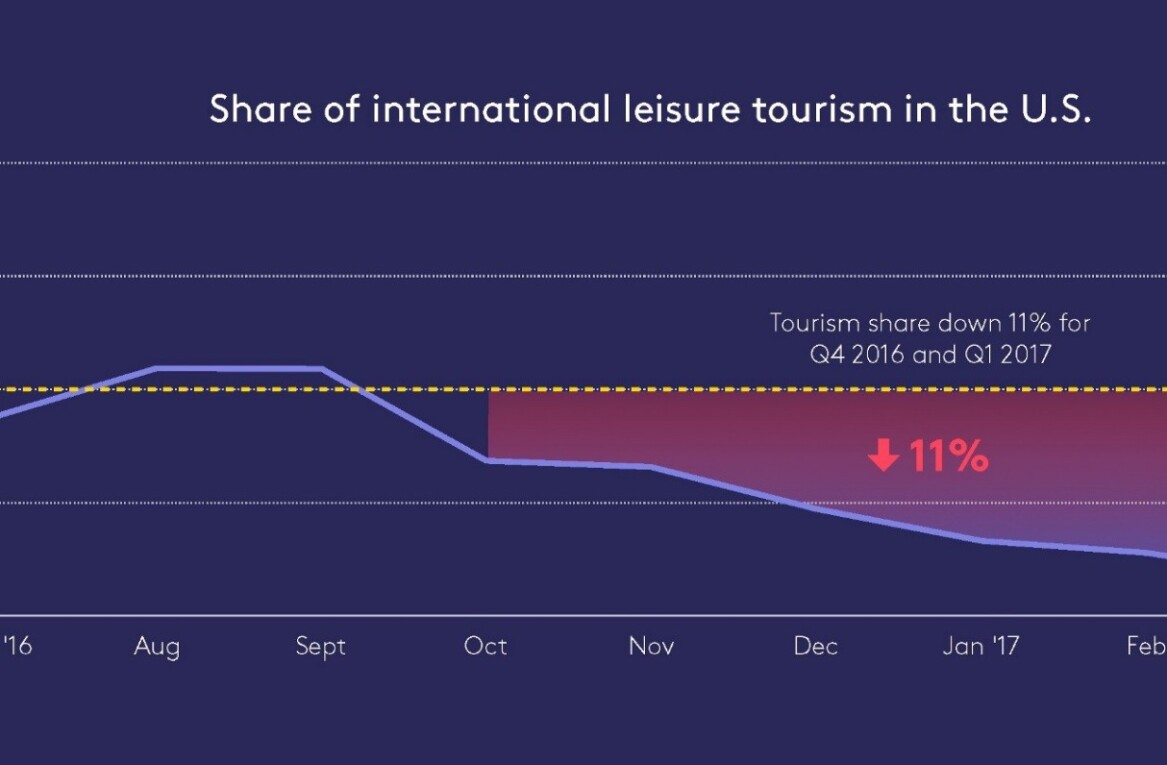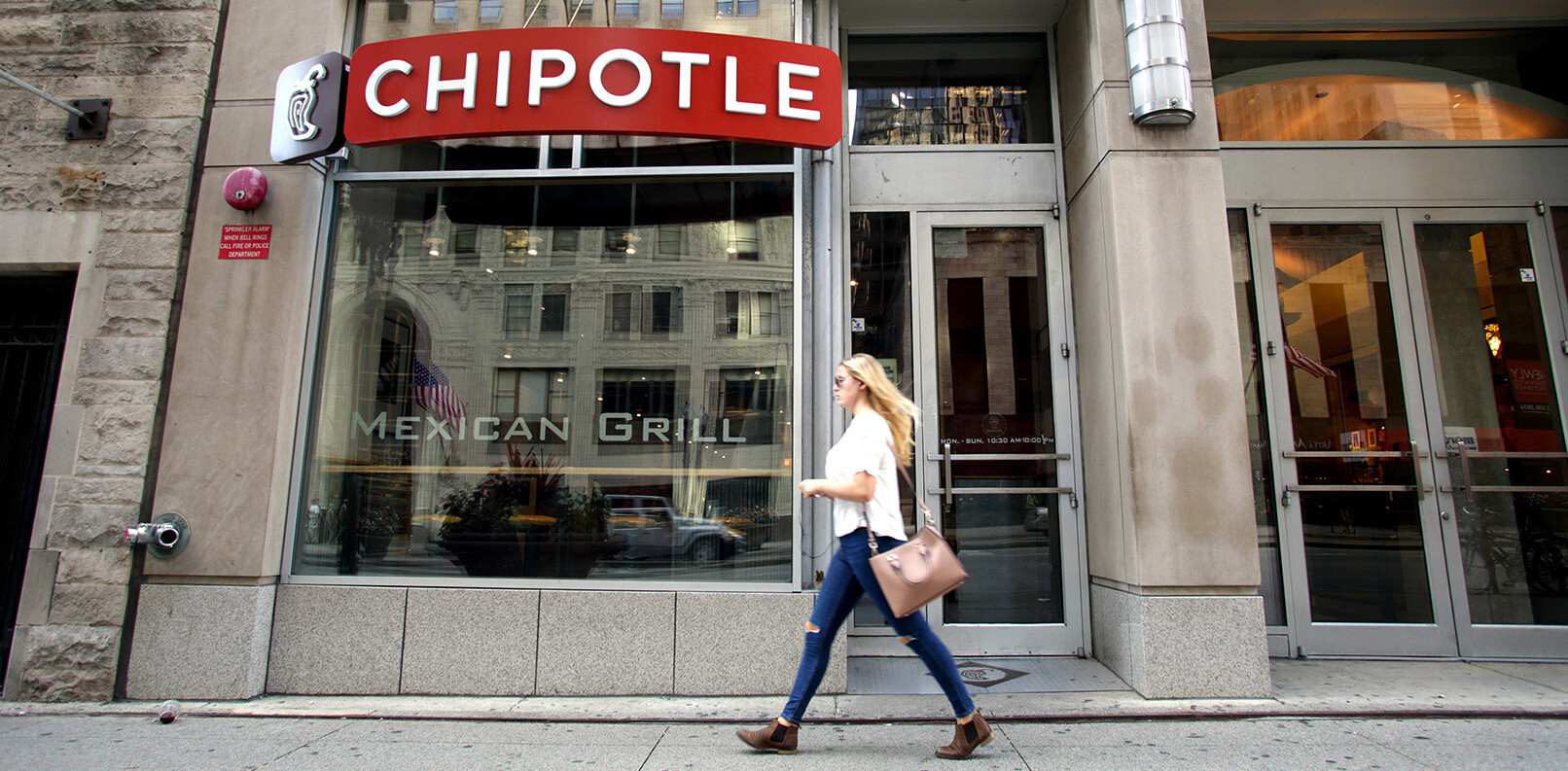
Foursquare and Gnip on Thursday together announced a partnership that will see the former’s check-in data distributed to the latter’s clients. Foursquare is giving Gnip a real-time feed of the places where its users are checking in, which will naturally be anonymized for privacy purposes.
Details of the financial arrangement were not disclosed. That being said, we do know Gnip will charge its customers for access to data from Foursquare, which in turn will get a percentage of the sales.
So what information exactly will Foursquare let Gnip sell? Three separate pieces of data:
- Each check-in’s location (for instance, Stop & Shop).
- The time and date of the check-in (April 30, 2013 at 11:03pm GMT) .
- The gender of the person checking in (male).
Again, the check-ins are not tied to individual users. The technical-looking output looks like this:
Foursquare says it regularly gets requests from people who want to use its data for research. The company has worked with select academic institutions and press outlets on data research projects in the past, which it says have “shed new insight and to effect positive change in how the real world works.”
The Gnip partnership goes further, however, than just research purposes. For those who don’t know, Gnip is an aggregation company that provides data from dozens of social media websites via one API.
Foursquare will be joining Gnip’s growing list of premium publishers, including Twitter, Tumblr, WordPress, Disqus, IntenseDebate, StockTwits, and Estimize. Gnip says it is offering both the full firehose and filtered access of Foursquare’s data.
Foursquare envisions market research firms using it to get a real-time pulse on holiday shopping trends, and social media marketing agencies tracking the impact of a national chain’s Super Bowl campaign. Gnip says retailers will be able to study the results of local advertising campaigns, financial analysts will have another valuable data point to forecast seasonal sales, and real estate development groups will be able to better understand where they should develop new locations.
Researchers will also be able to use it for various purposes, including, according to Foursquare, “better understanding a neighborhood’s evolution as the types and popularity of local businesses change.” That’s the type of findings we’d love to hear more about.
“We are capturing this amazing signal about what millions of people are doing in the real world at every moment of the day in cities all around the globe,” Blake Shaw, Foursquare’s data scientist, told Gnip. “We have seen that when we aggregate check-in patterns across many individuals, we can measure features of cities at a higher resolution than was ever possible before. I think this data can act almost like a ‘microscope for cities.'”
It’s thus no surprise Gnip seems quite positive about the partnership: “With more than 35 million registered users, nearly 4 billion total check-ins, and over 75 million API calls a day, Foursquare is the location layer for the Internet, helping to connect people with places around the world.”
Top Image Credit: Andrew Beierle
Get the TNW newsletter
Get the most important tech news in your inbox each week.






